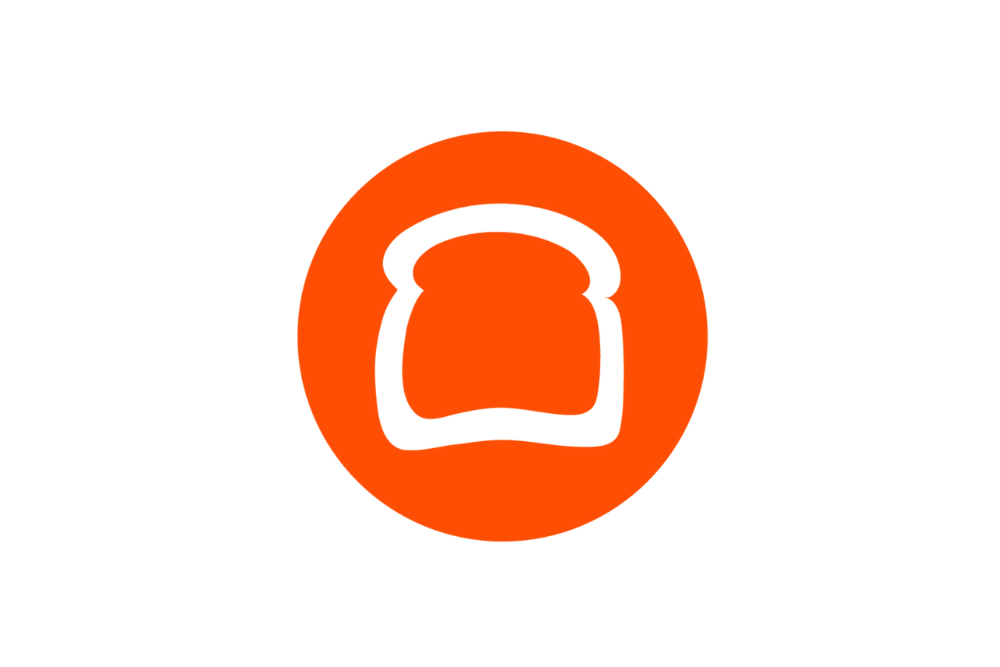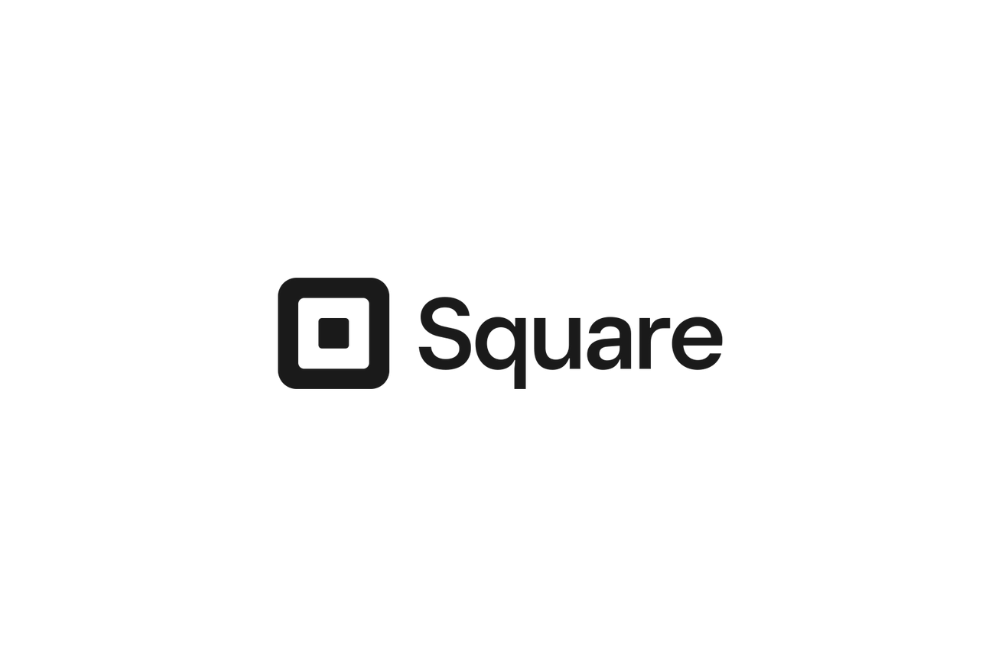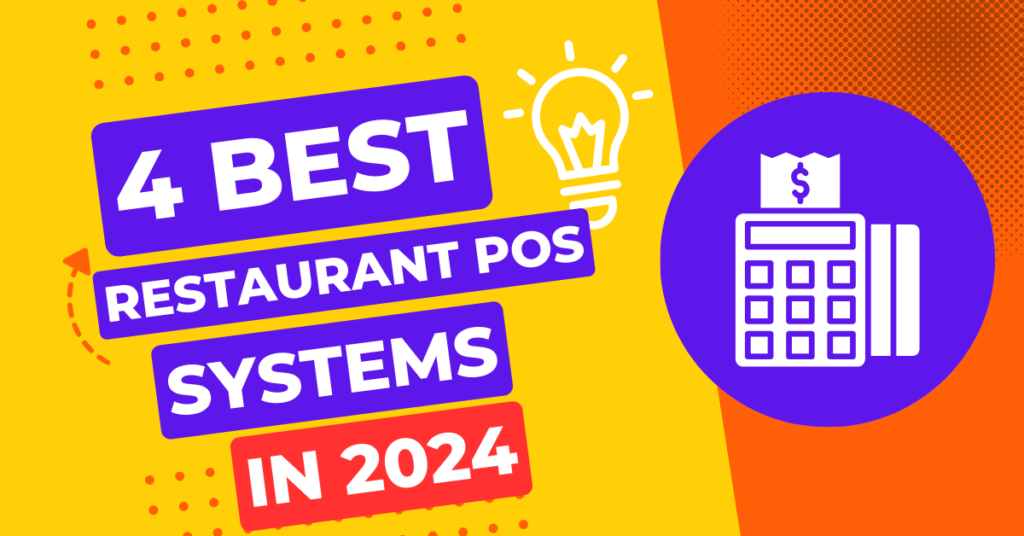Introduction
In the fast-paced world of hospitality, the right technology can make all the difference. Restaurant owners and managers are constantly seeking solutions that streamline operations, enhance customer experience, and improve bottom lines. One such pivotal technology is the Point of Sale (POS) system. Acting as the nerve center of a restaurant’s operations, a good POS system handles everything from order taking and payment processing to inventory management and customer data analytics. The importance of selecting an appropriate POS system cannot be overstated, as it directly impacts service speed, order accuracy, and ultimately, customer satisfaction.
Choosing the best restaurant POS system, however, is no small feat. With a myriad of options available, each boasting its unique set of features and benefits, how does one decide which is the most suitable? This article seeks to simplify that decision-making process by presenting the top 5 best restaurant POS systems, carefully selected based on critical criteria such as features, ease of use, cost, customer support, and scalability. Whether you’re opening a new restaurant or looking to upgrade your current system, understanding what the market has to offer is the first step toward making an informed decision.
The Role of POS Systems in Modern Restaurants
A restaurant’s success hinges on its ability to deliver excellent service promptly. This is where a POS system comes into play, offering a multifaceted solution that extends beyond mere transaction processing. Firstly, it revolutionizes order management by enabling seamless communication between the front-of-house and kitchen staff, ensuring orders are accurately and efficiently processed. Payment processing, too, is streamlined, allowing for a variety of payment methods and thus, enhancing the customer payment experience.
Moreover, inventory management becomes less of a chore with a good POS system. Real-time tracking of stock levels, coupled with alerts for low stock items, ensures that restaurants can manage their inventory proactively, reducing waste and improving profitability. Additionally, modern POS systems offer detailed analytics and reporting tools, providing valuable insights into sales trends, popular menu items, and peak hours. This data is crucial for making informed decisions about menu adjustments, pricing strategies, and marketing campaigns.
But perhaps the most significant advantage of a modern POS system is its ability to improve customer satisfaction. Features like tableside ordering and payment, loyalty programs, and personalized marketing not only enhance the dining experience but also encourage repeat business. In an industry where competition is fierce, a POS system that offers these capabilities can be a game-changer.
With the fundamental role of POS systems in modern restaurants clearly outlined, let’s delve into the top 5 best restaurant POS systems, analyzing their features, benefits, and how they cater to different restaurant needs.
Top 5 Best Restaurant POS Systems
1. Toast POS

Overview of the System: Toast POS is specifically designed for the restaurant industry, offering a robust platform that supports various types of dining establishments, from cafes and bakeries to full-service restaurants and bars. Its cloud-based approach ensures data is accessible anywhere, anytime, making it a flexible option for restaurant chains and single locations alike.
Key Features:
- Integrated online ordering and delivery services.
- Customizable menu and table layout management.
- Comprehensive reporting and analytics dashboard.
- Loyalty program and gift card management.
Pros and Cons:
- Pros: Highly intuitive interface; extensive third-party integration; excellent customer service.
- Cons: Some advanced features require additional fees; hardware is proprietary.
Pricing: Customizable plans based on the specific needs of the restaurant, with hardware and software packages available.
User Feedback: Users praise Toast for its ease of use and excellent customer support but note the high cost of entry due to proprietary hardware requirements.
2. Square for Restaurants

Overview of the System: Square for Restaurants is a part of Square’s broader suite of business tools, offering a tailored solution for the food service industry. Known for its simplicity and scalability, it caters to both small pop-ups and large restaurants.
Key Features:
- Free plan available with basic POS functionalities.
- Offline mode ensures operations continue even without internet.
- Integrated payment processing with competitive rates.
- Kitchen display system and customer feedback tool.
Pros and Cons:
- Pros: No long-term contracts; transparent pricing; comprehensive features even in the free plan.
- Cons: Payment processing fees can be high for businesses with low-ticket transactions.
Pricing: Offers a free basic plan, with more advanced features available in paid plans starting at $60 per month per location.
User Feedback: Square for Restaurants is lauded for its ease of setup and use, though some users desire more depth in the reporting features.
3. Lightspeed Restaurant

Overview of the System: Lightspeed Restaurant offers a POS solution designed to adapt to any restaurant type, emphasizing customizability and control. It provides extensive features aimed at improving the efficiency of both front-of-house and back-of-house operations.
Key Features:
- Advanced menu management with ingredient-level inventory tracking.
- Integration with popular online delivery platforms.
- Detailed analytics and performance reporting.
- Multi-location support with centralized control.
Pros and Cons:
- Pros: Highly customizable system; robust inventory management; excellent multi-location support.
- Cons: Can be complex to set up; higher learning curve for new users.
Pricing: Starts at $69 per month, with pricing tailored to the business size and needs.
User Feedback: Users appreciate Lightspeed’s comprehensive feature set and flexibility but mention the need for technical support during the initial setup phase.
4. Clover

Overview of the System: Clover offers a POS system that combines powerful software with sleek hardware options. It’s designed for quick service and full-service restaurants alike, offering a range of integrated services from payments to reporting.
Key Features:
- Customizable hardware options that fit various restaurant layouts.
- Built-in payment processing with competitive rates.
- App market for extending functionality with third-party integrations.
- Employee management and scheduling tools.
Pros and Cons:
- Pros: Flexible hardware and software options; user-friendly interface; extensive app marketplace.
- Cons: Locked into Clover’s payment processing; some features require additional apps at extra cost.
Pricing: Offers different hardware and software packages, with software plans starting at $90 per month.
User Feedback: The flexibility and ease of use of Clover’s system are often highlighted, though some users express concerns over the cost and the lock-in with Clover’s payment processing.
Comparison of the Top 5 POS Systems
Each of these systems offers a unique set of features tailored to different restaurant needs. While Toast POS and Square for Restaurants excel in user experience and scalability, Lightspeed Restaurant and Clover provide robust customization and hardware options. Upserve by Lightspeed stands out for its advanced analytics and customer insight tools. The right choice depends on your specific restaurant type, size, and operational needs, considering factors like cost, ease of use, and the level of customer support.
Choosing the Right POS System for Your Restaurant
Selecting the right POS system is a critical decision that can significantly impact your restaurant’s efficiency and profitability. Consider not only the initial cost but also the scalability, ease of use, and whether the system can grow with your business. Evaluate the level of customer support provided, as well as the flexibility to integrate with other tools and services you may use.
Conclusion
The best restaurant POS system is one that aligns with your operational workflow, enhances your customer service, and fits your budget. By carefully considering each option and how its features can benefit your specific restaurant type and size, you can make an informed decision that sets your establishment up for success. Investing in the right POS system is an investment in your restaurant’s future, ensuring that you stay competitive in the ever-evolving hospitality industry.
